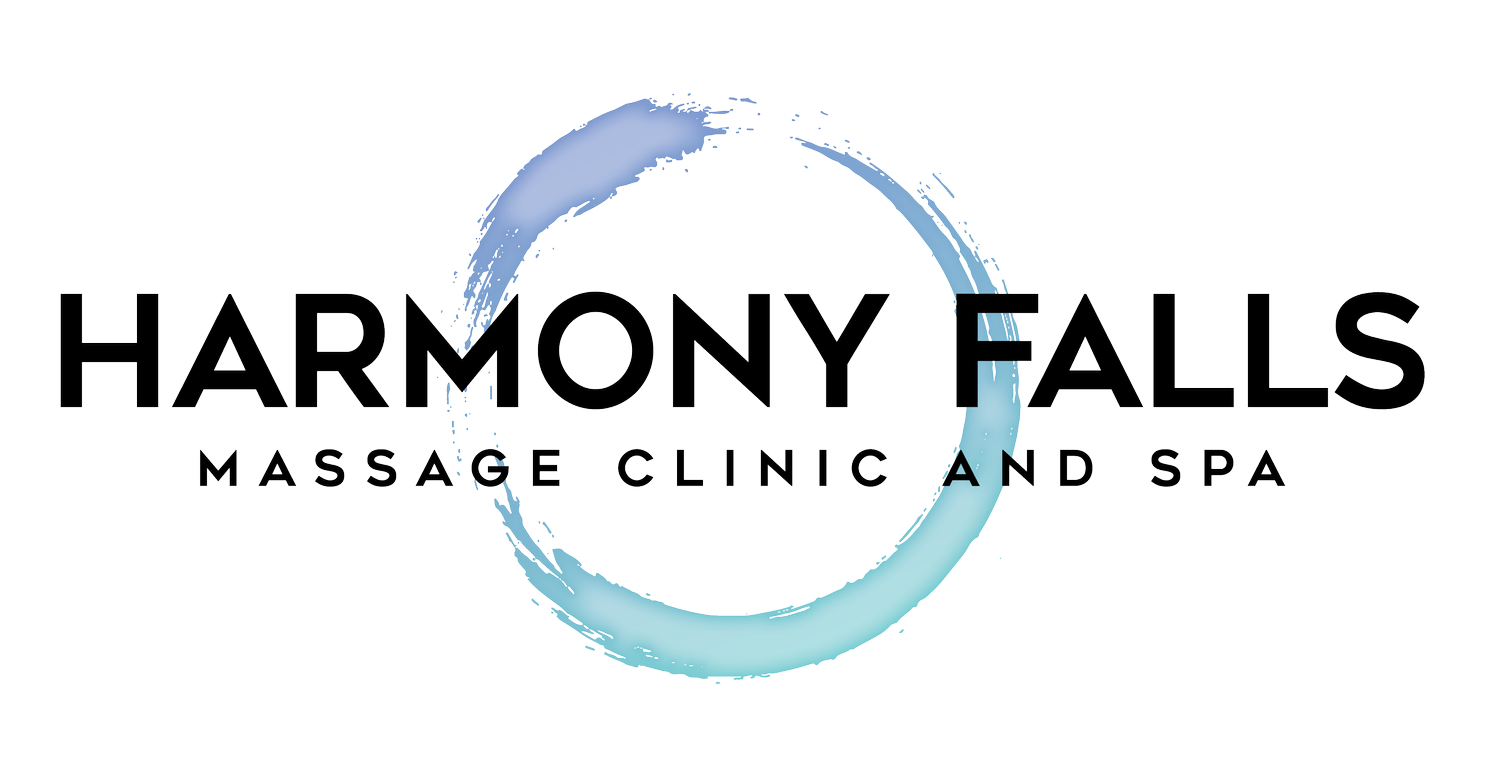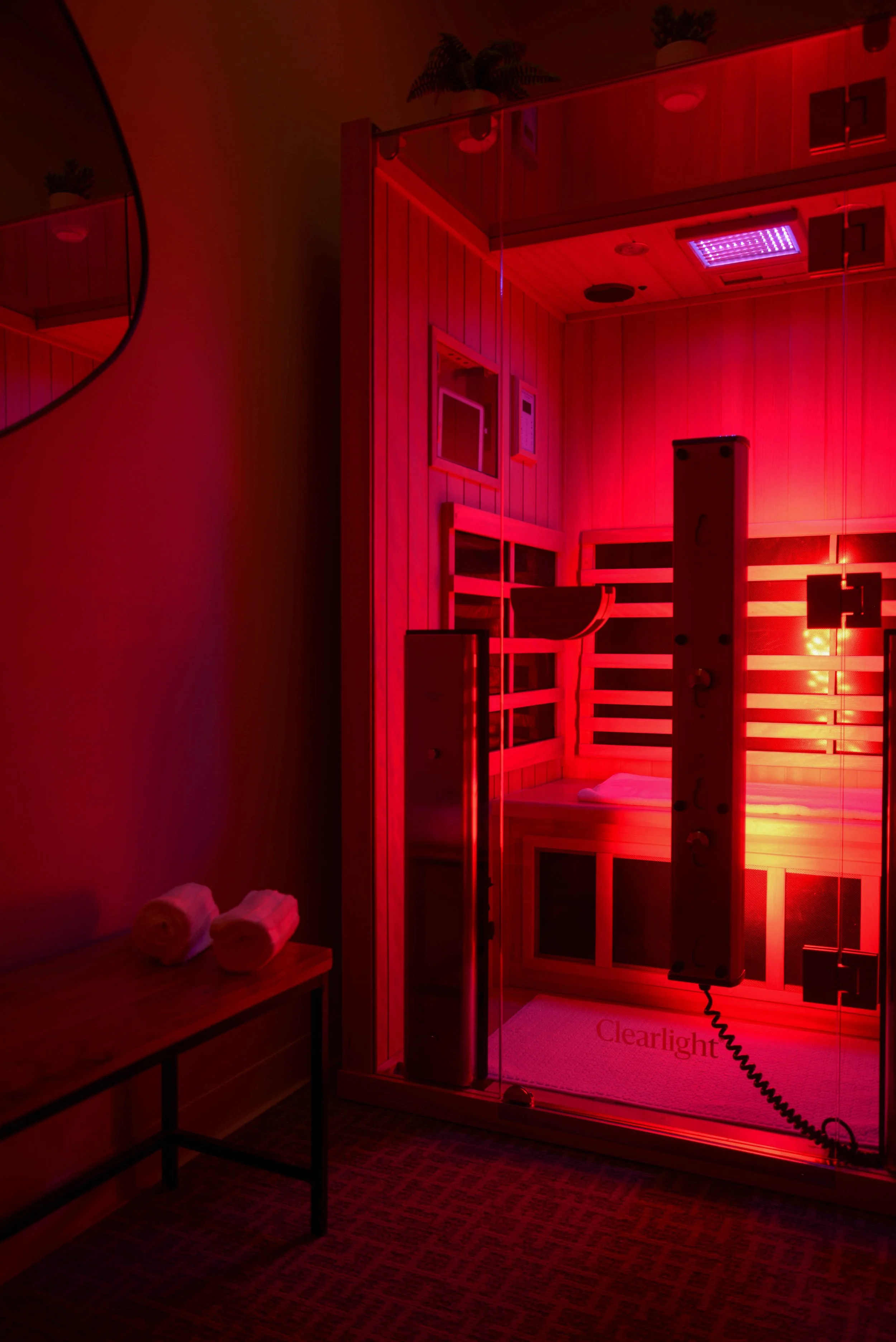
COLD PLUNGE
Our Infrared sauna and cold plunge sessions pair perfectly with massage therapy. Adding these services to your self-care will leave your body feeling refreshed and renewed. Cold plunges, also known as cold water immersion or cold therapy, offer several potential benefits for physical and mental well-being. Here are some of the key benefits:
Reduced inflammation: Cold water immersion can help reduce inflammation in the body by constricting blood vessels and decreasing metabolic activity, which may alleviate symptoms associated with various inflammatory conditions such as arthritis or muscle soreness.
Improved muscle recovery: Cold plunges are commonly used by athletes to accelerate muscle recovery after intense workouts or competitions. The cold water helps to reduce muscle soreness, swelling, and inflammation, allowing for faster recovery and potentially enhancing overall performance.
Enhanced circulation: Exposure to cold water can stimulate circulation as the body works to maintain its core temperature. This increased circulation may improve cardiovascular health and promote better blood flow to muscles and organs.
Boosted immune function: Some research suggests that cold water immersion may have immune-boosting effects by increasing levels of certain immune cells and activating the body's natural defense mechanisms. Regular cold plunges may help strengthen the immune system and make individuals more resilient to illness.
Increased energy and alertness: Cold water exposure can trigger the release of adrenaline and other neurotransmitters, leading to a temporary increase in energy, alertness, and mental clarity. Many people report feeling invigorated and refreshed after a cold plunge.
Stress relief and mood enhancement: Cold therapy has been shown to activate the parasympathetic nervous system, which helps the body relax and reduces levels of stress hormones like cortisol. As a result, cold plunges may promote feelings of relaxation, calmness, and overall well-being.
Improved skin and hair health: Cold water immersion can constrict pores and tighten skin, leading to improved skin tone and texture. Additionally, cold water may help strengthen hair follicles and reduce hair loss.
Enhanced fat metabolism: Exposure to cold temperatures can stimulate the production of brown adipose tissue (BAT), which helps burn calories and regulate body temperature. Cold plunges may therefore support weight loss and metabolic health.

INFRARED SAUNA
Infrared saunas utilize infrared light to produce heat, offering a range of potential benefits for both physical and mental well-being. Here are some of the key benefits associated with infrared sauna use:
Detoxification: Sweating is one of the body's natural ways of eliminating toxins, and infrared saunas can induce profuse sweating, which may help flush out toxins and impurities from the body, including heavy metals and environmental pollutants.
Improved circulation: Infrared heat penetrates deeply into the body, increasing blood flow and stimulating circulation. This enhanced circulation can help deliver oxygen and nutrients to tissues and organs while also aiding in the removal of metabolic waste products.
Pain relief: Infrared heat has been shown to penetrate deep into muscles, joints, and tissues, providing relief from pain and discomfort associated with conditions such as arthritis, fibromyalgia, and muscle soreness. It can also promote relaxation of tense muscles and alleviate stiffness.
Muscle recovery: Athletes and fitness enthusiasts often use infrared saunas to speed up muscle recovery after intense workouts or physical activity. The heat helps relax muscles, reduce inflammation, and promote the repair and regeneration of muscle tissue.
Stress reduction and relaxation: Infrared sauna sessions can induce a state of deep relaxation, which may help reduce stress, anxiety, and tension. The heat stimulates the release of endorphins, neurotransmitters that promote feelings of well-being and relaxation.
Improved skin health: The deep penetration of infrared heat can help cleanse pores, increase circulation to the skin, and promote the production of collagen, leading to improved skin tone, texture, and elasticity. Regular sauna use may also help reduce the appearance of wrinkles, blemishes, and acne.
Boosted immune function: Some research suggests that regular sauna bathing can enhance immune function by increasing the production of white blood cells and activating the body's natural defense mechanisms. This may help reduce the risk of infections and improve overall immune health.
Weight loss and metabolism: While infrared saunas alone are not a magic solution for weight loss, they can support weight loss efforts by increasing heart rate, promoting sweating, and stimulating metabolism. Regular sauna use, combined with a healthy diet and exercise, may contribute to weight management and metabolic health.
Improved cardiovascular health: The heat stress experienced during sauna sessions can simulate the effects of moderate exercise on the cardiovascular system, leading to improvements in heart health, blood pressure regulation, and vascular function.
It's important to note that individual responses to infrared sauna therapy may vary, and some people may experience adverse effects or contraindications, particularly if they have certain medical conditions or are pregnant. As always, it's advisable to consult with a healthcare professional before starting any new wellness regimen, including sauna therapy.
Red Light Therapy
Red light therapy, also known as low-level laser therapy (LLLT) or photobiomodulation (PBM), involves exposing the body to low levels of red or near-infrared light. This therapy has gained popularity for its various potential health benefits. Here are some of the benefits associated with red light therapy:
Skin Health: Red light therapy has been shown to promote collagen production, reduce inflammation, and improve skin tone and texture. It can be used for treating acne, wrinkles, scars, and other skin conditions.
Pain Relief: Red light therapy may help reduce pain and inflammation by increasing blood circulation and promoting tissue repair. It's commonly used for treating muscle and joint pain, arthritis, and other types of chronic pain.
Wound Healing: Red light therapy has been found to accelerate wound healing by stimulating cellular repair processes and reducing inflammation. It's used in clinical settings to promote faster recovery from wounds, cuts, and surgical incisions.
Hair Growth: Some studies suggest that red light therapy can stimulate hair growth by improving blood flow to the scalp and promoting the proliferation of hair follicles. It's used as a non-invasive treatment for conditions like alopecia and hair loss.
Joint Health: Red light therapy may help alleviate symptoms of joint disorders such as osteoarthritis and rheumatoid arthritis by reducing inflammation, improving joint function, and relieving pain.
Muscle Recovery: Athletes and fitness enthusiasts use red light therapy to speed up muscle recovery after intense workouts or injuries. It can help reduce muscle soreness, stiffness, and inflammation, allowing for quicker recovery and improved performance.
Cognitive Function: Some research suggests that red light therapy may have neuroprotective effects and could potentially improve cognitive function. It's being investigated as a treatment for conditions like Alzheimer's disease and traumatic brain injury.
Mood Enhancement: Red light therapy has been shown to increase the production of serotonin and other neurotransmitters associated with mood regulation. It may help alleviate symptoms of depression, anxiety, and seasonal affective disorder (SAD).
Eye Health: There's evidence to suggest that red light therapy can improve certain aspects of eye health, such as reducing the risk of age-related macular degeneration (AMD) and improving visual acuity.
Metabolic Function: Some studies suggest that red light therapy can improve metabolic function by increasing mitochondrial activity and energy production within cells. This could potentially benefit individuals with metabolic disorders such as diabetes and obesity.

